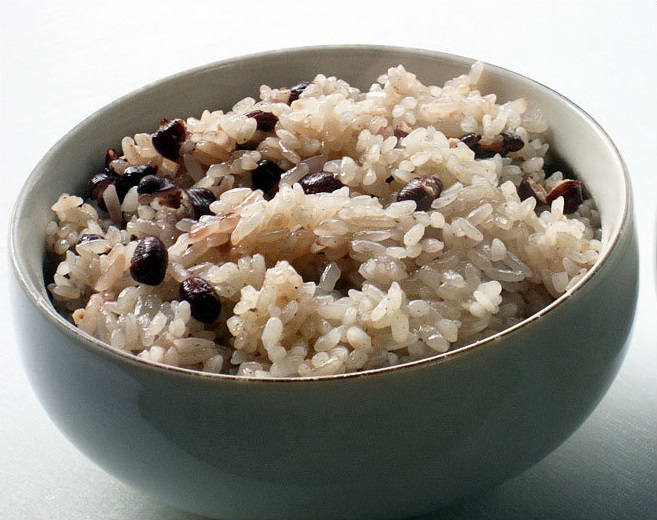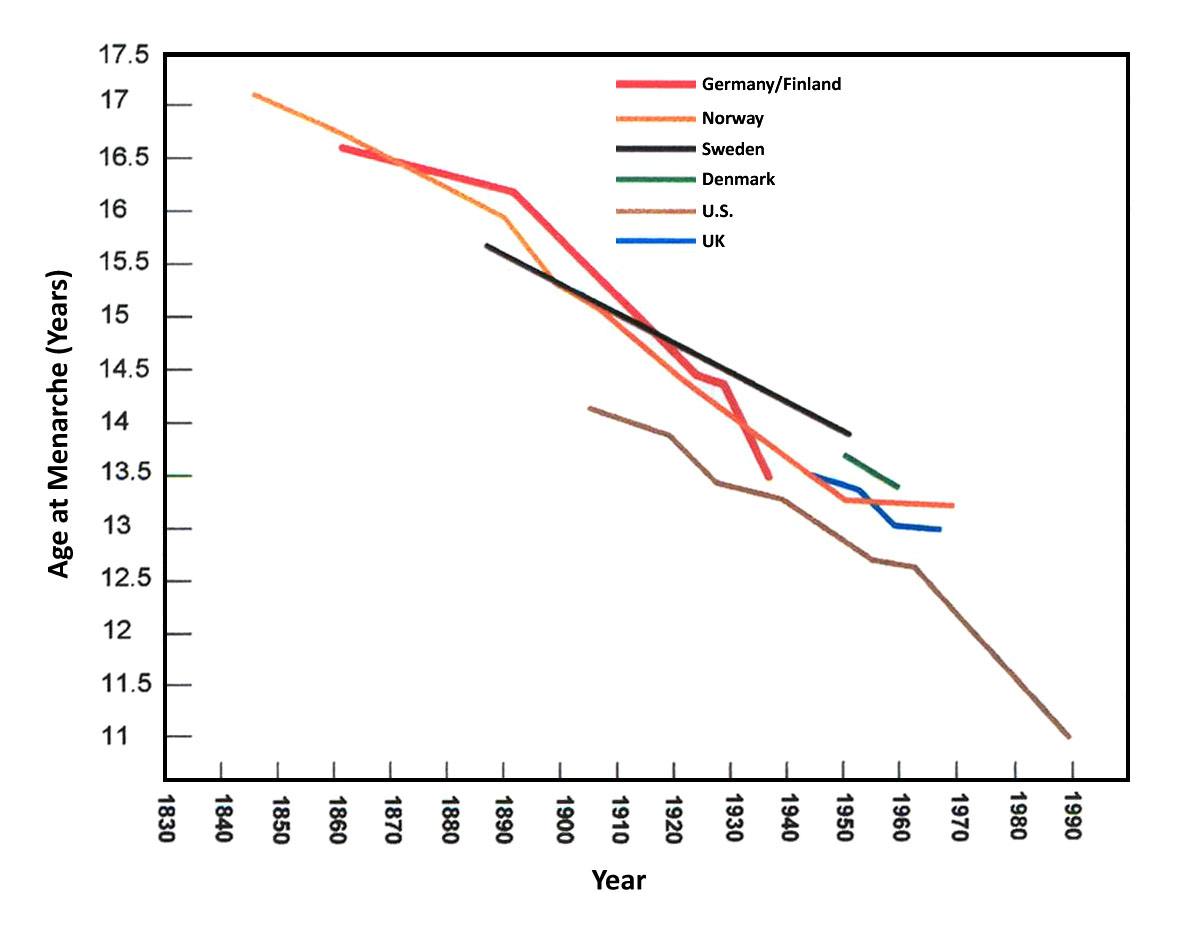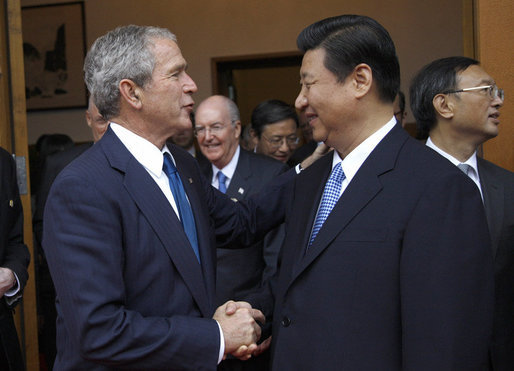|
Sekihan (2017-10-15)
Red bean rice, called ''patbap'' () in Korean language, Korean, ''sekihan'' () in Japanese language, Japanese, and ''hóngdòu fàn'' () in Chinese language, Chinese, is an East Asian rice dish consisting of cooked rice, rice cooked with adzuki bean, red beans. East Asian varieties China ''Hóngdòu fàn'' (红豆饭) is a traditional Chinese dish found in some regions of China. It is particularly common in Jiangsu, Jiangsu province and eaten during the Winter Clothes Day. A legend from the Dafeng area of Yancheng, Jiangsu says that people eat a bowl of glutinous rice mixed with Red beans and rice, red beans on the Winter Clothes Day in Jiangsu to commemorate a shepherd boy who was slain by a landlord.《图解民俗大全-精编美绘版》(1 May 2012)."关心先人的送寒衣"( P230—P23Accessed 20 December 2016 It is said that a long time ago, an adorable shepherd boy was born into a poor family. His parents could not support him, so he made a living by shepherding for a ... [...More Info...] [...Related Items...] OR: [Wikipedia] [Google] [Baidu] |
East Asian Cuisine
This is a list of Asian cuisines, by region. A cuisine is a characteristic style of cooking practices and traditions, usually associated with a specific culture or region. Asia, being the largest, most populous and culturally diverse continent, has a great diversity of cuisines associated with its different regions. Central Asian cuisine * Central Asian cuisine includes food from Kazakhstan, Kyrgyzstan, Tajikistan, Turkmenistan and Uzbekistan. ** Bukharan Jewish cuisine – cuisine of the Bukharan Jews with great influence from Uzbek cuisine. ** Kazakh cuisine – cuisine of Kazakhstan. Traditional Kazakh cuisine revolves around mutton and horse meat, as well as various milk products. For hundreds of years, Kazakhs were herders who raised fat-tailed sheep, Bactrian camels, and horses, relying on these animals for transportation, clothing, and food. *** Kazakh wine ** Koryo-saram cuisine – cuisine of the Koryo-saram, descended from Korean cuisine and influenced by t ... [...More Info...] [...Related Items...] OR: [Wikipedia] [Google] [Baidu] |
Landlord
A landlord is the owner of property such as a house, apartment, condominium, land, or real estate that is rented or leased to an individual or business, known as a tenant (also called a ''lessee'' or ''renter''). The term landlord applies when a juristic person occupies this position. Alternative terms include lessor and owner. For female property owners, the term landlady may be used. In the United Kingdom, the manager of a pub, officially a licensed victualler, is also referred to as the landlord/landlady. In political economy, landlord specifically refers to someone who owns natural resources (such as land, excluding buildings) from which they derive economic rent, a form of passive income. History The concept of a landlord can be traced to the feudal system of manoralism ( seignorialism), where landed estates were owned by Lords of the Manor ( mesne lords). These lords were typically members of the lower nobility who later formed the rank of knights during ... [...More Info...] [...Related Items...] OR: [Wikipedia] [Google] [Baidu] |
Bento
A is a Japanese-style single-portion take-out or home-packed meal, often for lunch, typically including rice and packaged in a box with a lid (often a segmented box with different parts of the meal placed in different sections). Outside Japan, similar meals are common in other East and Southeast Asian culinary styles, especially within Chinese, Korean, Singaporean, Taiwanese cuisines and more, as rice is a common staple food in the region. The term ''bento'' is derived from the Chinese term ''biandang'' (, ), which means "convenient" or "convenience". A traditional ''bento'' typically includes rice or noodles with fish or some other meat, often with pickled and cooked vegetables in a box."Bento: Changing New York's Lunch Culture," ''Chopsticks NY,'' vol. 27, July 2009, p. 10-11. Containers range from mass-produced disposable containers to hand-crafted lacquerware. Dividers are often used to separate ingredients or dishes, especially those with strong flavors, to avoi ... [...More Info...] [...Related Items...] OR: [Wikipedia] [Google] [Baidu] |
Menarche
Menarche ( ; ) is the first menstrual cycle, or first menstruation, menstrual bleeding, in female humans. From both social and medical perspectives, it is often considered the central event of female puberty, as it signals the possibility of fertility. Girls experience menarche at different ages, but the most common age is 12. Having menarche occur between the ages of 9–14 in the West is considered normal.US National Health Statistics Report September 2020 The timing of menarche is influenced by female biology, as well as Genetics, genetic, environmental factors, and nutritional factors. The mean age of menarche has declined over the last century, but the magnitude of the decline and the factors responsible remain subjects of contention. The worldwide average age of menarche is very difficult to estimate ... [...More Info...] [...Related Items...] OR: [Wikipedia] [Google] [Baidu] |
Shichi-Go-San
is a traditional Japanese rite of passage and festival day for three and seven-year-old girls, and five-year-old and sometimes three-year-old boys. It is held annually on November 15 and celebrates the growth and well-being of young children. As it is not a national holiday, it is generally observed on the nearest weekend. History is said to have originated in the Heian period amongst court nobles who would celebrate the passage of their children into middle childhood, but it is also suggested that the idea was originated from the Muromachi period due to high infant mortality. The ages 3, 5 and 7 are consistent with East Asian numerology, which holds that odd numbers are lucky. The practice was set to the fifteenth of the month during the Kamakura period. Its meaning is to celebrate the survival of children, as infant and child mortality rates were higher in previous centuries. Over time, this tradition passed to the samurai class who added a number of rituals. The first ... [...More Info...] [...Related Items...] OR: [Wikipedia] [Google] [Baidu] |
Sekihan Onigiri, At Lawson
Red bean rice, called ''patbap'' () in Korean, ''sekihan'' () in Japanese, and ''hóngdòu fàn'' () in Chinese, is an East Asian rice dish consisting of rice cooked with red beans. East Asian varieties China ''Hóngdòu fàn'' (红豆饭) is a traditional Chinese dish found in some regions of China. It is particularly common in Jiangsu province and eaten during the Winter Clothes Day. A legend from the Dafeng area of Yancheng, Jiangsu says that people eat a bowl of glutinous rice mixed with red beans on the Winter Clothes Day in Jiangsu to commemorate a shepherd boy who was slain by a landlord.《图解民俗大全-精编美绘版》(1 May 2012)."关心先人的送寒衣"( P230—P23Accessed 20 December 2016 It is said that a long time ago, an adorable shepherd boy was born into a poor family. His parents could not support him, so he made a living by shepherding for a landlord.《节气时令吃什么》(1 November 2013)."十月初一——寒衣"( P18Accessed 20 Decemb ... [...More Info...] [...Related Items...] OR: [Wikipedia] [Google] [Baidu] |
Tannin
Tannins (or tannoids) are a class of astringent, polyphenolic biomolecules that bind to and Precipitation (chemistry), precipitate proteins and various other organic compounds including amino acids and alkaloids. The term ''tannin'' is widely applied to any large polyphenolic compound containing sufficient hydroxyls and other suitable groups (such as carboxyls) to form strong complexes with various macromolecules. The term ''tannin'' (from scientific French ''tannin'', from French ''tan'' "crushed oak bark", ''tanner'' "to tan", cognate with English language, English ''tanning'', Medieval Latin ''tannare'', from Proto-Celtic ''*tannos'' "oak") refers to the abundance of these compounds in oak Bark (botany), bark, which was used in Tanning (leather), tanning animal Hide (skin), hides into leather. The tannin compounds are widely distributed in many species of plants, where they play a role in protection from predation (acting as pesticides) and might help in regulating plant ... [...More Info...] [...Related Items...] OR: [Wikipedia] [Google] [Baidu] |
Sticky Rice
Sticky may refer to: Adhesion *Adhesion, the tendency of dissimilar particles or surfaces to cling to one another *Sticky mat, an adhesive mat used in cleanrooms to lessen contamination from footwear *Sticky note, a generic term for a Post-it Note or competitor People *Sticky (musician), alias of UK garage producer Richard Forbes *Sticky Fingaz or Sticky (born 1973), nickname of the US rapper and actor Kirk Jones Computing *Sticky bit, a user ownership access-right flag that can be assigned to files and directories on Unix systems *''Sticky session'', see Load balancing (computing)#Persistence *Internet forum#Stickying, Sticky thread, an internet forum thread deemed important Music Songs *Sticky (The Maine song), "Sticky" (The Maine song), 2021 *Sticky (Drake song), "Sticky" (Drake song), 2022 *Sticky (Kiss of Life song), "Sticky" (Kiss of Life song), 2024 *Sticky (Tyler, the Creator song), "Sticky" (Tyler, the Creator song), 2024 *"Sticky", by the Wedding Present from the 199 ... [...More Info...] [...Related Items...] OR: [Wikipedia] [Google] [Baidu] |
Sekihan (2017-10-15)
Red bean rice, called ''patbap'' () in Korean language, Korean, ''sekihan'' () in Japanese language, Japanese, and ''hóngdòu fàn'' () in Chinese language, Chinese, is an East Asian rice dish consisting of cooked rice, rice cooked with adzuki bean, red beans. East Asian varieties China ''Hóngdòu fàn'' (红豆饭) is a traditional Chinese dish found in some regions of China. It is particularly common in Jiangsu, Jiangsu province and eaten during the Winter Clothes Day. A legend from the Dafeng area of Yancheng, Jiangsu says that people eat a bowl of glutinous rice mixed with Red beans and rice, red beans on the Winter Clothes Day in Jiangsu to commemorate a shepherd boy who was slain by a landlord.《图解民俗大全-精编美绘版》(1 May 2012)."关心先人的送寒衣"( P230—P23Accessed 20 December 2016 It is said that a long time ago, an adorable shepherd boy was born into a poor family. His parents could not support him, so he made a living by shepherding for a ... [...More Info...] [...Related Items...] OR: [Wikipedia] [Google] [Baidu] |
Shaanxi
Shaanxi is a Provinces of China, province in north Northwestern China. It borders the province-level divisions of Inner Mongolia to the north; Shanxi and Henan to the east; Hubei, Chongqing, and Sichuan to the south; and Gansu and Ningxia to the west. Shaanxi covers an area of over with about 37 million people, the 16th-largest in China. Xi'anwhich includes the sites of the former capitals Fenghao and Chang'anis the provincial capital and largest city in Northwest China and also one of the oldest cities in China and the oldest of the Historical capitals of China, Four Ancient Capitals, being the capital for the Western Zhou, Western Han, Sima Jin, Jin, Sui dynasty, Sui and Tang dynasty, Tang List of Chinese dynasties, dynasties. Xianyang, which served as the capital of the Qin dynasty (221–206 BC), is just north across the Wei River. The other Prefectures of China, prefecture-level prefecture-level city, cities into which the province is divided are Ankang, Baoji, Hanzho ... [...More Info...] [...Related Items...] OR: [Wikipedia] [Google] [Baidu] |
Xi'an
Xi'an is the list of capitals in China, capital of the Chinese province of Shaanxi. A sub-provincial city on the Guanzhong plain, the city is the third-most populous city in Western China after Chongqing and Chengdu, as well as the most populous city in Northwestern China. Its total population was 12.95 million as of the 2020 census, including an urban population of 9.28 million. Known as Chang'an throughout much of its history, Xi'an is one of China's Historical capitals of China, Four Great Ancient Capitals, having held the position under several of the most important dynasties in Chinese history, including the Western Zhou, Qin dynasty, Qin, Western Han, Sui dynasty, Sui, Northern Zhou and Tang dynasty, Tang. Xi'an is now the second-most popular tourist destination in China. The city was one of the terminal points on the Silk Road during the ancient and medieval eras, as well as the home of the 3rd-century BC Terracotta Army commissioned by Emperor Qin Shi Huan ... [...More Info...] [...Related Items...] OR: [Wikipedia] [Google] [Baidu] |
Xi Jinping
Xi Jinping, pronounced (born 15 June 1953) is a Chinese politician who has been the general secretary of the Chinese Communist Party (CCP) and Chairman of the Central Military Commission (China), chairman of the Central Military Commission (CMC), and thus the paramount leader of China, since 2012. Since 2013, Xi has also served as the seventh president of China. As a member of the fifth Generations of Chinese leadership, generation of Chinese leadership, Xi is the first CCP general secretary born after the Proclamation of the People's Republic of China, establishment of the People's Republic of China (PRC). The son of Chinese communist veteran Xi Zhongxun, Xi was exiled to rural Yanchuan County, Shaanxi Province, as a teenager following his father's purge during the Cultural Revolution. He lived in a yaodong in the village of Liangjiahe, where he joined the CCP after several failed attempts and worked as the local Chinese Communist Party Committee Secretary, party secretary ... [...More Info...] [...Related Items...] OR: [Wikipedia] [Google] [Baidu] |






